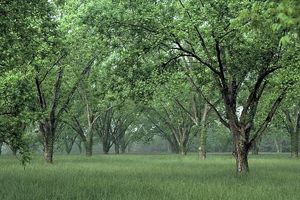
It wasn't surprising that pecans became a staple for a variety of recipes. Two of my grandmother's specialties were parched pecans and pecan pie. Parched pecans were made by slowly baking an iron skillet or tray full of halved pecans that had been topped with butter and salt until they were toasted but not burnt. Her pecan pies were thick and gooey with the most fantastic thin, flaky crust. We always had both of the these treats during the holidays. For Christmas my brother and I could also expect our own tin filled with homemade chocolate and blonde fudge, each square topped with a perfect parched pecan half.

Keeping up the pecan trees was a struggle against fungus, worms, insects, poor soil, freezing, drought, squirrels, and birds. I remember my grandfather using those long cane polls to kill the web worms. He would attach rags that had been dipped in kerosene, light them, and torch the white, fuzzy worm nests. Eventually the harvest diminished and we only occasionally picked a few pecans for our own personal use.
Using pecans nowadays always reminds me of our pecan farm experiences. And by the way, we pronounced them pa-can`, not pee`-can.
"I went down into the garden of nuts to see the fruits of the valley." Song of Solomon 6:11







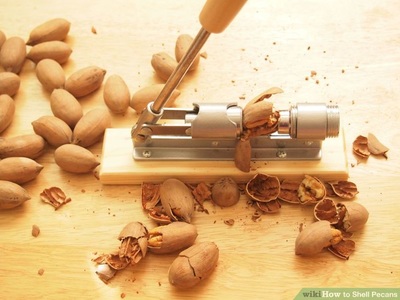






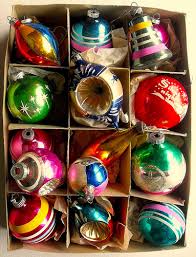
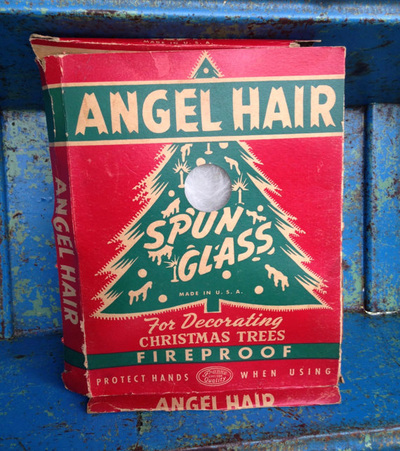




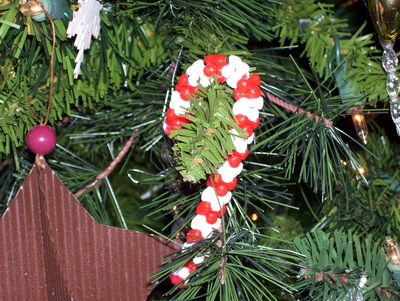


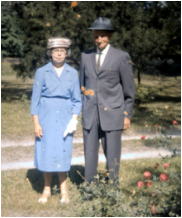













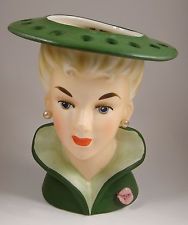




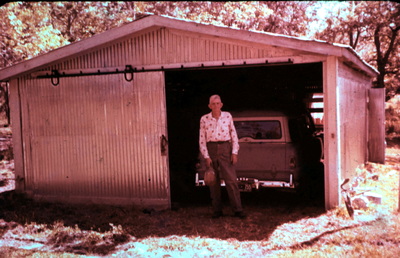




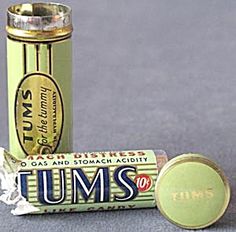











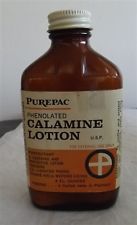



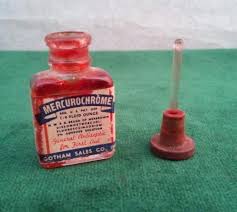
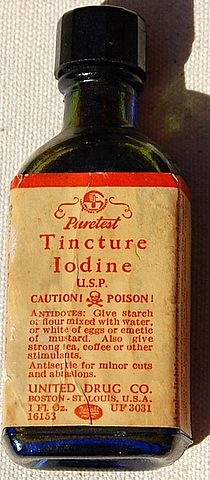

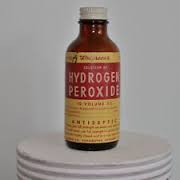

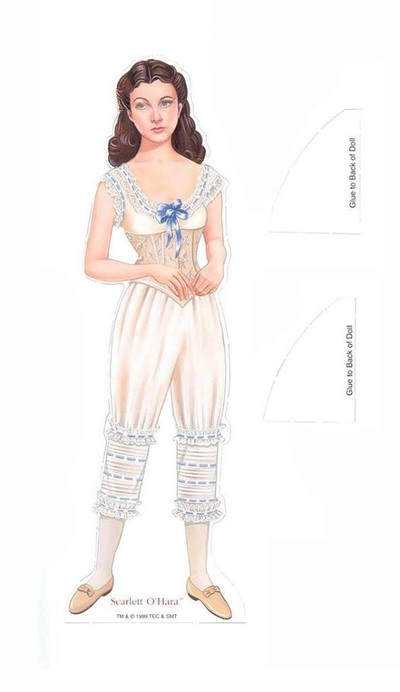






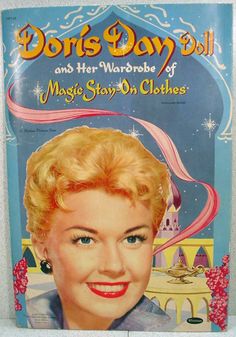

























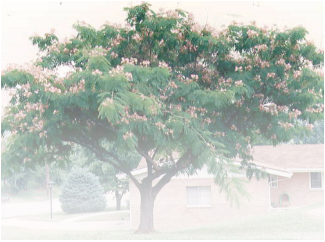





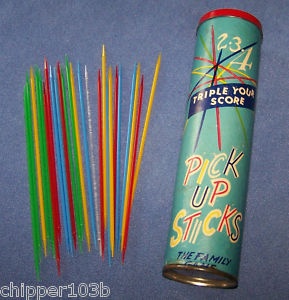


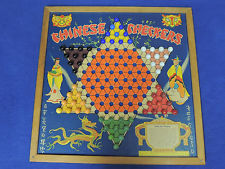
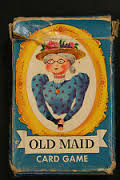


 RSS Feed
RSS Feed
